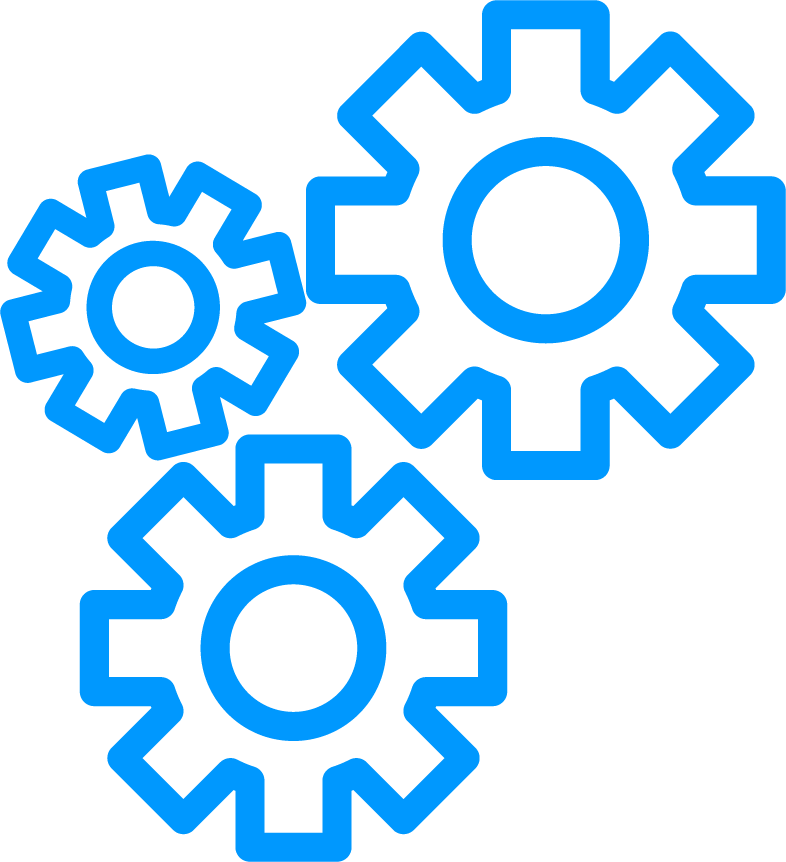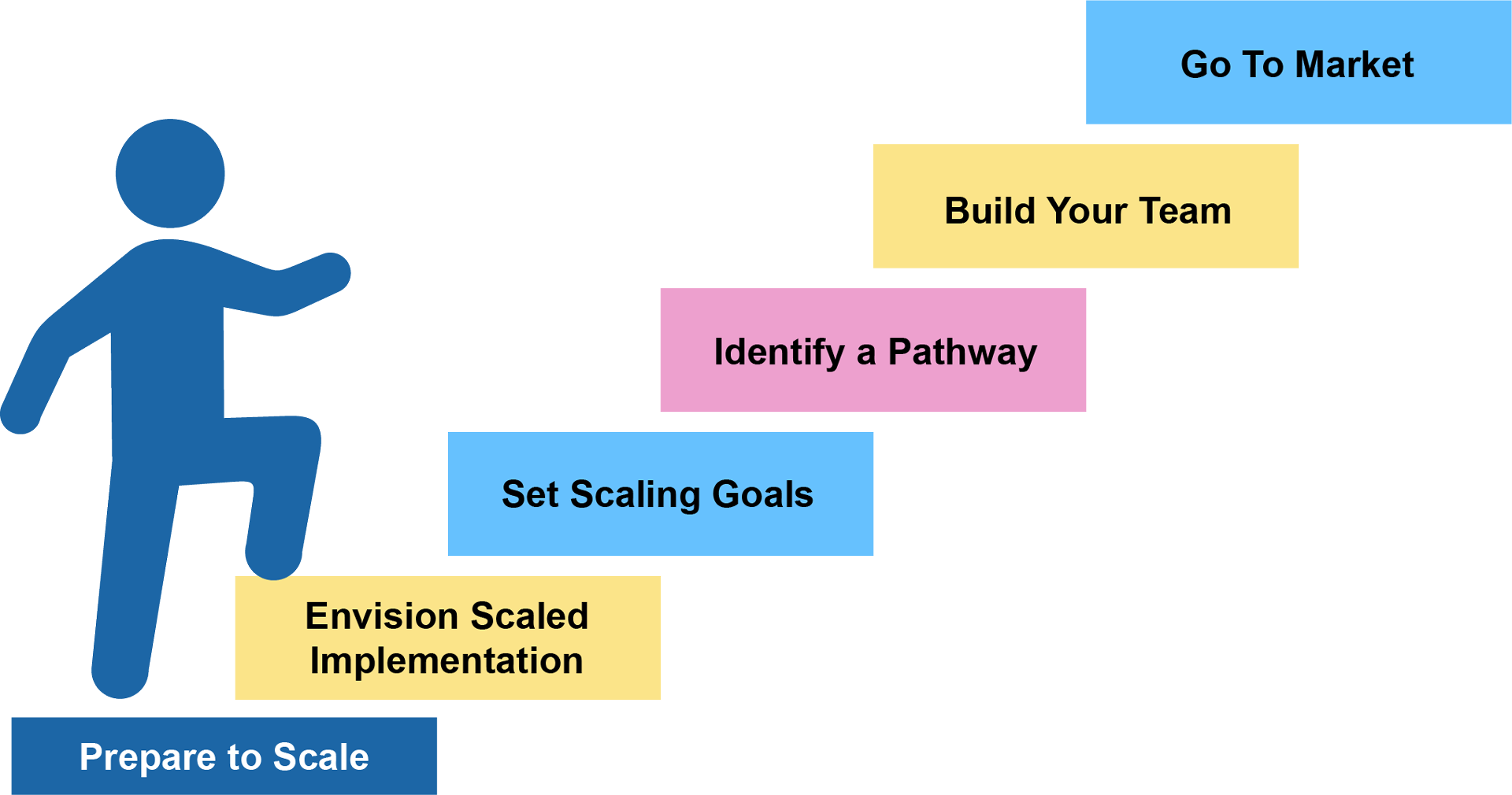| Overview | Prepare to Scale | Envision Scaled Implementation | Set Scaling Goals | Identify a Pathway | Build Your Team | Go to Market |
|---|
Overview
 Scaling an educational product from a working prototype to a widely used solution is a rewarding but complex journey. The third and final stage of the Invent-Apply-Transition framework is the point where you take a product that meets a critical user need and market requirements (achieving product-market fit) and consider potential pathways to scale that will drive reach, sustainability, and impact.
Scaling an educational product from a working prototype to a widely used solution is a rewarding but complex journey. The third and final stage of the Invent-Apply-Transition framework is the point where you take a product that meets a critical user need and market requirements (achieving product-market fit) and consider potential pathways to scale that will drive reach, sustainability, and impact.
Scaling means serving more students, which inherently means needing more resources. This is true whether you are a profit-seeking business or wish to offer your product at low or no cost. For that reason, the Transition section of this toolkit focuses on planning for the implementation of a scaled solution and generating the revenue and capacity required for scale. You will develop both a scaling plan and a go-to-market plan that lay out your vision for the future and provide roadmaps to achieve your goals for reach and impact.
The key activities in the transition planning process build on each other. After reviewing a primer on scaling (prepare to scale), you will set a vision for scaled implementation and then identify goals that will support that vision. Next, you will consider potential transition pathways, funding models, and organizational capacities and resources that will be needed to deliver on that vision. After identifying a pathway and building a team, you will plan go-to-market strategies to reach your key customers and drive awareness and adoption.
Key Activities in the Transition Phase – Building Blocks to Scale

